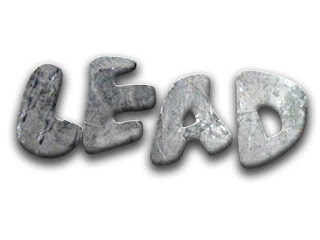TCs for domestic zinc concentrate will rise on growing supply.
"Zinc concentrate imports are expected grow on increasing margins”, zinc analyst explains.
Profit from imported zinc concentrate increased 170 yuan to 520 yuan per ton (zinc content) above those from domestic concentrate this past week.
Recent rainstorms in Hunan and Guangxi have little impact on local mines due to suspension across SMEs from environmental protection inspections and stable production at large mines. Some mines were reluctant to sell on continuously falling zinc prices.
This week, TCs for imported zinc concentrate (50%) were $ 210-220 per dry metric ton (DMT), while those for domestic zinc concentrate (50%) were 5,300-5,500 yuan per ton (zinc content).
Source: Shanghai Metals Market
"Zinc concentrate imports are expected grow on increasing margins”, zinc analyst explains.
Profit from imported zinc concentrate increased 170 yuan to 520 yuan per ton (zinc content) above those from domestic concentrate this past week.
Recent rainstorms in Hunan and Guangxi have little impact on local mines due to suspension across SMEs from environmental protection inspections and stable production at large mines. Some mines were reluctant to sell on continuously falling zinc prices.
This week, TCs for imported zinc concentrate (50%) were $ 210-220 per dry metric ton (DMT), while those for domestic zinc concentrate (50%) were 5,300-5,500 yuan per ton (zinc content).
Source: Shanghai Metals Market






